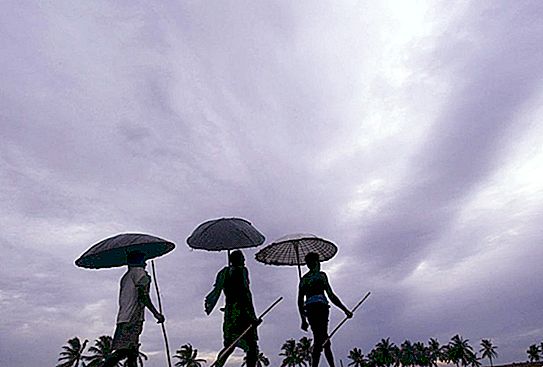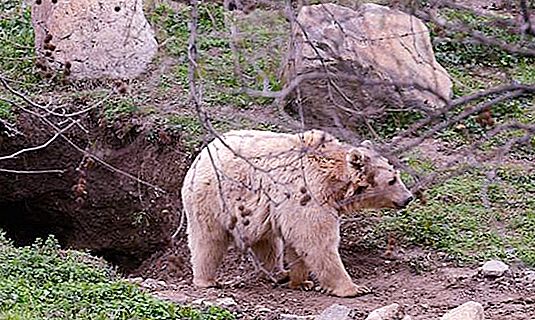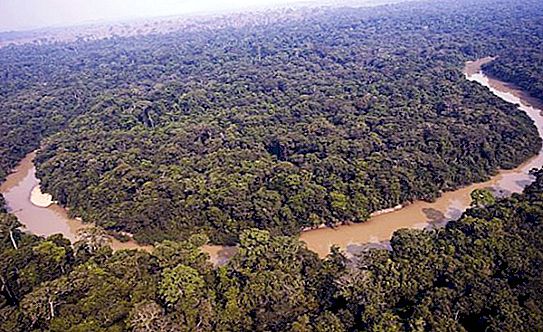We all know what a breeze is. It is a pleasant, humid breeze blowing from the sea in the summer heat. Monsoon - this is essentially the same, but it manifests itself on a large scale. In this article we will talk in detail about the monsoon circulation in the atmosphere, as well as about the flows that arise as a result of it.
Monsoon circulation of winds and surface currents
The word "monsoon" comes from the Arabic mawsim, which translates as "season" or "season". Monsoons are stable and fairly strong winds that change direction twice a year. In summer, they blow from the ocean to land, and in winter - vice versa. Monsoon winds are characteristic of South and Southeast Asia. They are also observed in West Africa, Florida, and on the coast of Alaska.
Where do the monsoons come from? To answer this question, we must first recall the causes of the appearance of wind in principle. We recall from the school course of general geography the definition: wind is a horizontal stream of air blowing from an area of high atmospheric pressure to an area of low.
In summer, in tropical latitudes, the sun is much stronger and faster heats the land than the ocean. As a result, air above the surface of the mainland is heated and rises, forming a low-pressure region. The air above the ocean at this time is colder and heavier, so it goes down and forms a stable area of high pressure. So monsoons are formed, blowing from the sea towards the coast. In winter, the situation changes 180 degrees due to the fact that the ocean cools much more slowly than land.
General features of the monsoon climate
The country in whose territory the monsoon type of climate is most pronounced is India. What is it expressed in? In summer, monsoons oversaturated with sea moisture bring damp and rainfall to the coast. From May to September, up to 80% of the annual norm of precipitation falls on the Hindustan Peninsula. This period of the year in India is called the rainy season. In winter, the wind blows toward the ocean, and dry and sunny weather sets in on the mainland.

In the monsoon climate zones, so-called moist forests are common. Flora and fauna are extremely rich here. Forests are dense and impenetrable jungle, consisting of several tiers of vegetation. Animals in these forests are small in size, which allows them to move through dense thickets of branches and vines.




